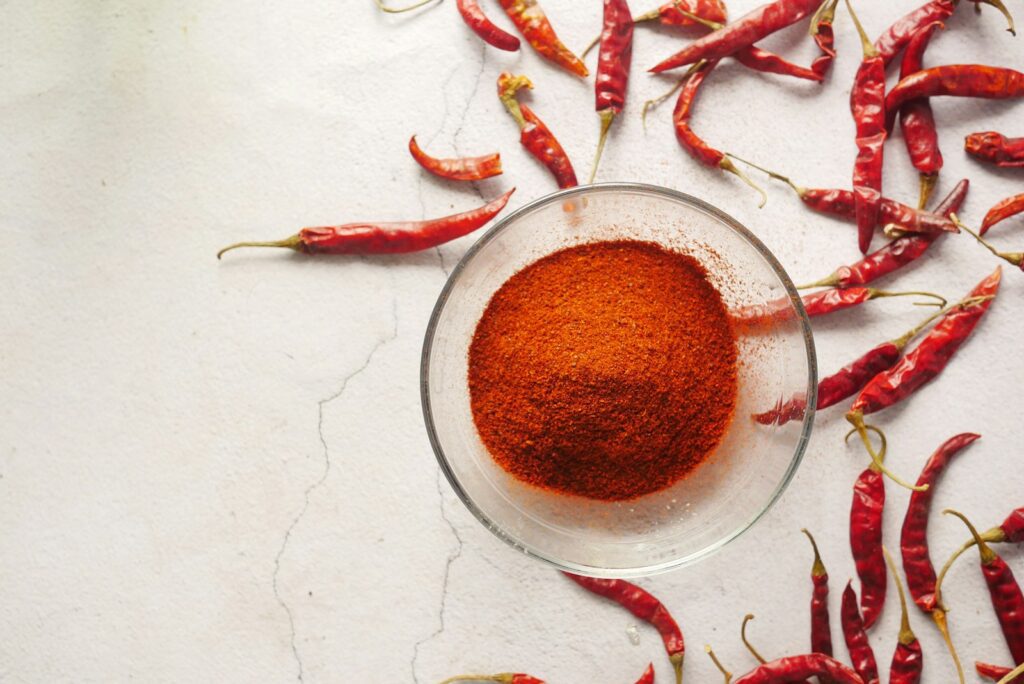Cashew nuts, known for their rich flavor and health benefits, are cultivated extensively across India. The journey of cashew nuts from farm to table involves meticulous cultivation and processing practices.

The cashew tree, Anacardium occidentale, originally from Brazil, was introduced to India in the late sixteenth century. Over time, it has become a significant crop, especially for its economic value and role in soil conservation1. Today, India is one of the world’s largest producers of cashew nuts, second only to Vietnam.
Cultivation of Cashew Nuts in India :
The primary states for cashew cultivation in India include Maharashtra, Andhra Pradesh, Odisha, Karnataka, Kerala, Tamil Nadu, Goa, and West Bengal. These regions offer the ideal climatic and soil conditions required for cashew growth, such as deep, sandy loam soil with good drainage. The cultivation process begins with the selection of quality seeds, followed by planting, pest management, and finally, harvesting.
Processing of Cashew Nuts:
Once harvested, cashew nuts undergo a series of processing steps to transform them into the edible kernels we consume. The processing industry in India is renowned for its scale, employing over a million people, predominantly women, in rural areas. The process includes roasting, shelling, drying, peeling, grading, and packaging. India processes around 1.59 million tons of cashew nuts annually, despite producing only about half of this quantity domestically. This necessitates the import of raw cashew nuts from countries like African nations, Indonesia, and Cambodia to meet the processing demand.
Economic and Social Impact :
The cashew industry significantly contributes to India’s economy, being a major foreign exchange earner. It also plays a vital role in the social and financial upliftment of rural communities. The industry provides a livelihood for numerous small and marginal farmers, particularly in the coastal regions.
Challenges and Future Prospects :
Despite its success, the cashew industry in India faces challenges such as fluctuating market prices, competition from other cash crops, and the need for modernization in processing techniques. However, with initiatives aimed at increasing production to 20 lakhs M.T. by 2025 and efforts to improve processing methods, the future of the cashew industry in India looks promising.
In conclusion, cashew nuts cultivation and processing in India is a testament to the country’s agricultural prowess and its ability to sustain and grow a globally demanded commodity. The industry not only supports the economy but also empowers the rural population, making it an integral part of India’s agribusiness landscape.
The Golden Harvest




